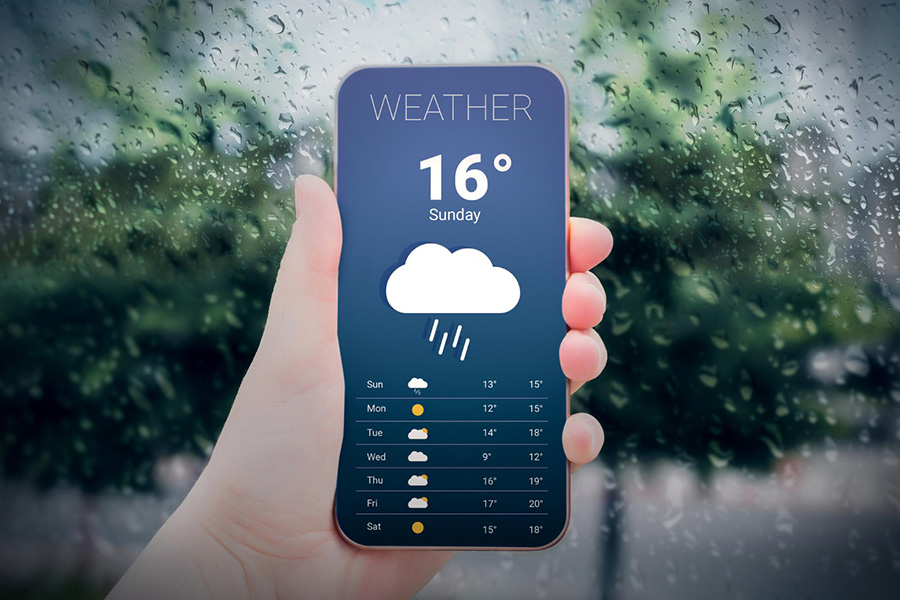
The WRF model shows potential in predicting GLOFs in Sikkim, highlighting the need for an integrated monitoring framework to enhance early warning capabilities and risk mitigation.
Authors
Peeyush Gupta, Defence Geoinformatics Research Establishment, Chandigarh, 160036, India; Department of Geophysics, Institute of Science, Banaras Hindu University, Varanasi, 221005, India
M. Sudhanshu Shekhar, Defence Geoinformatics Research Establishment, Chandigarh, 160036, India
Gyan Prakash Singh, Department of Geophysics, Institute of Science, Banaras Hindu University, Varanasi, 221005, India
Dev Sen Gupta, Defence Geoinformatics Research Establishment, Chandigarh, 160036, India
Amreek Singh, Defence Geoinformatics Research Establishment, Chandigarh, 160036, India
Amit Kumar, School of Hydrology and Water Resources, Nanjing University of Information Science and Technology, Nanjing, 210044, China
Rupesh Kumar, Professor, Jindal Global Business School, O.P. Jindal Global University, Sonipat, Haryana, India
Dharmendra Singh Tomar, School of Chemical Engineering and Physical Sciences, Lovely Professional University, Phagwara, Kapurthala, India
Summary
The northern Sikkim Himalaya hosts numerous high-altitude glacial lakes, many of which exhibit rapid expansion, rendering them highly susceptible to Glacial Lake Outburst Floods (GLOFs). These events release substantial volumes of water downstream, posing significant hydrometeorological hazards. The downstream regions of Sikkim, particularly the lower Teesta basin, experience flood hazards due to both direct precipitation and enhanced discharge from upstream glacial lakes. Among these, South Lhonak Lake (SLL), one of the largest lakes in the Teesta basin, has undergone rapid volumetric expansion, making it a critical hotspot for GLOF hazards. The study explores the application of the WRF model for GLOF-related research, offering a novel approach to understanding and predicting such events. This study used Weather Research and Forecasting (WRF) model to simulate and analyze heavy precipitation events across Sikkim, with a specific focus on the GLOF-triggering precipitation event of October 3–4, 2023, over the SLL region.
The results suggest that intense precipitation, coupled with ice mass instability and lateral moraine failure, acted as the primary triggers for the catastrophic GLOF. Model simulations were conducted using high-resolution precipitation data acquired from the newly deployed X-band Doppler Weather Radar (DWR) installed by DGRE-DRDO at NIT Sikkim. The resulting outburst flood caused extensive damage to settlements, infrastructure, and hydropower projects along its course, extending several tens of kilometers downstream. The findings underscore the urgent need for an integrated monitoring framework combining high-resolution numerical weather prediction, satellite-based glacial lake surveillance, and real-time radar observations. This study represents the first application of the WRF model for GLOF-related precipitation forecasting in Sikkim, demonstrating its potential for enhancing early warning capabilities and risk mitigation strategies in the region.
Published in: Physics and Chemistry of the Earth
To read the full article, please click here.

